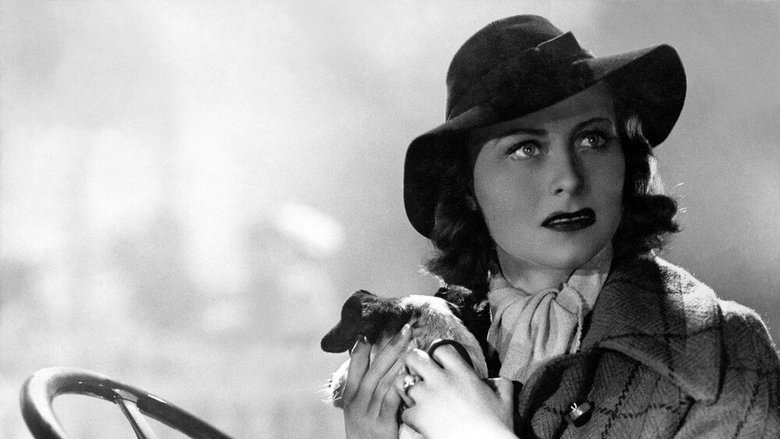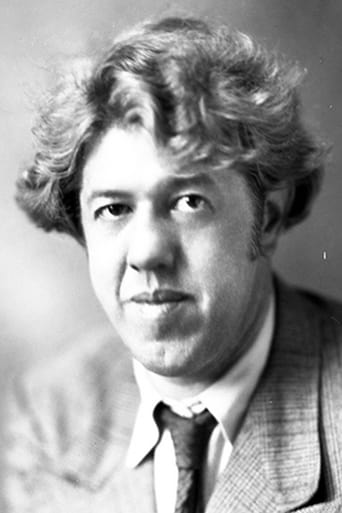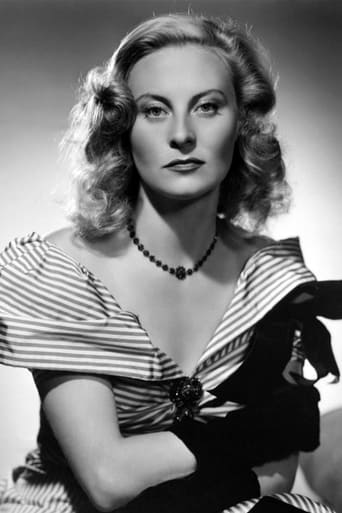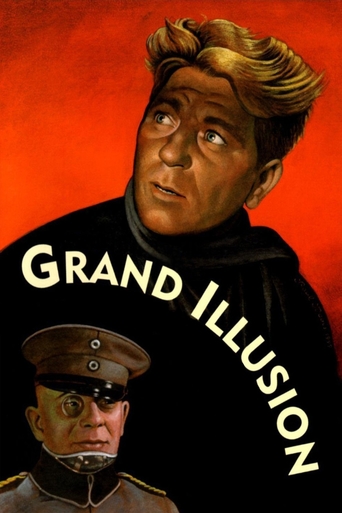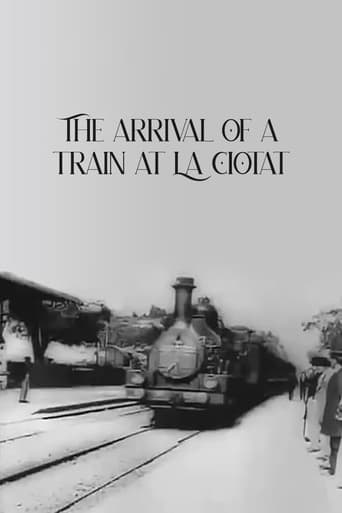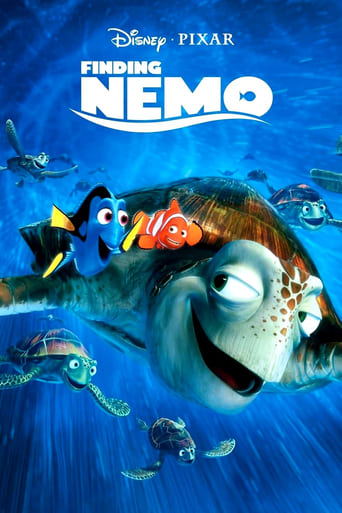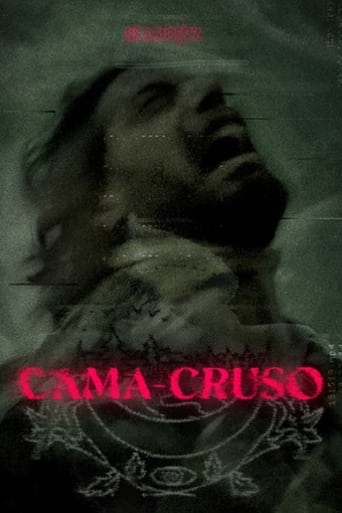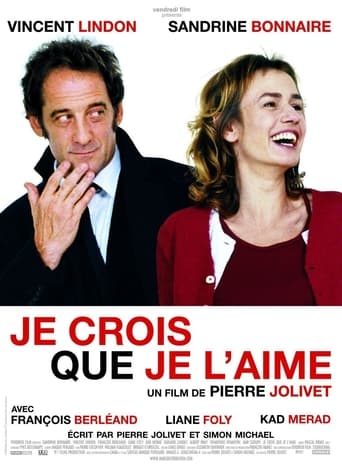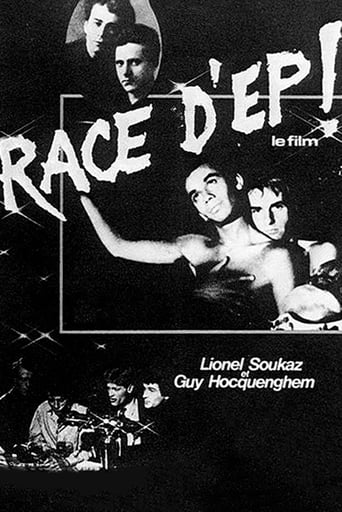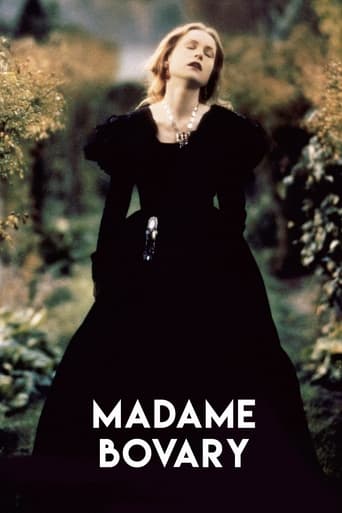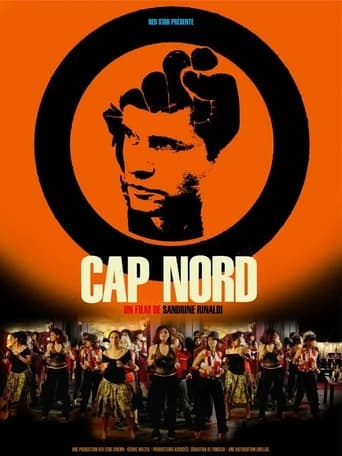Port of Shadows (1938)
Down a foggy, desolate road to the port city of Le Havre travels Jean, an army deserter looking for another chance to make good on life. Fate, however, has a different plan for him, as acts of both revenge and kindness render him front-page news.
Watch Trailer
Free Trial Channels
Cast


Similar titles
Reviews
Highly Overrated But Still Good
A bit overrated, but still an amazing film
The film makes a home in your brain and the only cure is to see it again.
One of the film's great tricks is that, for a time, you think it will go down a rabbit hole of unrealistic glorification.
****Some excellent reviews have been submitted that I am borrowing from. I recommend ("Play Misty for Me", writers_reign from London, England, 14 August 2003).Also, ("hauntingly sad French masterpiece", ingemann2000, 13 December 2004). And, ("A barrel of laughs (not)", Gary170459 from Derby, UK, 18 September 2004).And, ("Like Being Punched Really Hard in the Gut", zetes from Saint Paul, MN, 9 February 2001).And, ("Entertaining but overrated noir predecessor", William J. Fickling from Columbia, South Carolina, USA, 23 January 2005).Finally, ("Doomed Romance In A Port Of Shadows....", Nin Chan from Canada, 30 September 2007).*****Port of Shadows (aka, "Le quai des brumes", 1938, Marcel Carné), where poetic realism collides with film noir, is the second of Marcel Carné's legendary first six films. Every frame of it conveys suffocating gloom. It was censored by the Vichy government for its pessimism. French film director Jean Renoir famously dismissed "Shadows" for being Fascist. (Renoir goes too far with this label, in my opinion.) "Shadows" was filmed during a bleak time for French intellectuals. The Nazis are in charge in Germany. Fascism is spreading throughout Europe. Middle-aged Francophiles observe with horror French youth willingly joining this ideology. Carné's world-weary film reflects this period and connects with the present time. (Water surrounds in abundance. Desperate people retain unbelievable secrets. Young men who might have pursued a career in the arts become hoodlums instead. Yes, this sounds like various ports in the US today.) The cast is superb, led by Jean Gabin. Gabin is one of this viewer's all-time favorite screen actors. In his top-tier career he frequently portrays the criminal element very convincingly and likeably. Gabin's trademark insouciance separates him from his acting peers in the 1930s.Jean Gabin is an Army Deserter (named Jean) who winds up in Le Havre to catch a boat to freedom. He falls in love with beautiful Nelly (Michèle Morgan), still a teenager (17) and an occasional prostitute. (To appease the censors, neither the words "deserter" nor "prostitute" are used in "Shadows".) Young Michèle Morgan has amazing eyes. Still, other reviewers have suggested she appears androgynous here, which is a Carné trademark.The pivotal role is Zabel (Michel Simon), Nelly's Godfather. Zabel is very memorable as the badly-aging shopkeeper. Zabel initially appears to be a voice of civilization in the face of three young thugs that are terrorizing him. Eventually, Zabel's repulsive nature is revealed. The young goons threaten Zabel because he has some knowledge of the missing Maurice, Nelly's never-seen former boyfriend. Lucien (Pierre Brasseur), the leader of the gang of three, has been known to Zabel when the former was a boy. Still, Lucien feels no attachment to the older man and has no qualms about getting rid of him if it brings Maurice nearer. (Lucien is later revealed to be pathetic, which undermines Renoir's "Fascist" label for "Shadows".) I enjoy Panama (Édouard Delmont) and the sanctuary he offers desperate people after hours at his bar on the outskirts of town. (BTW, who patronizes that joint?) Another important role is the painter (Robert Le Vigan). Despite Jean's gruff manner towards him, the artist makes it possible for Jean to obtain a life-saving passport and civilian clothing. The painter is very passionate, and expresses a grand artistic sensibility. This is quite unlike Le Vigan in real life. (Le Vigan became a Nazi supporter and anti-Semite. After the war, he was stripped of his citizenship and sentenced to ten years of hard labor. He died penniless in Argentina.)Perhaps the film's most endearing character is the dog that befriends the out-of-luck Jean. In the film's opening minutes, the mutt and Jean are both nearly run over by the same truck. However, the dog and the painter also have similarities. Both are initially rejected by Jean only to become a source of comfort to him. Also, the heart wrenching final image when the dog returns to the road where it was nearly killed suggests the possibility it intends to commit canine suicide."Port of Shadows," is not a bundle of cheer. However, it feels very real, like the last sucker-punch you received that left you cursing your existence at the sky. Those who know this feeling should see it, looking for the answers in Michèle Morgan's eyes.
Together with Jean Renoir's "The Beast", Marcel Carne's "Port of Shadows" is one of the first films to push French poetic realism into what would later be dubbed "film noir" (John Huston's hardboiled "The Maltese Falcon" would appear 3 years later). Both genres were indebted to German Expressionism (Lang, Josef Von Sternberg etc).Moody, tough, and with an undercurrent of melancholia, "Port of Shadows" stars Jean Gabin as an army deserter who gets mixed up with gangsters, low-lives and cute gals. The film's praised by historians for being "daring" and "violent for its time", but Warner Bros gangster flicks were doing this stuff almost a full decade earlier. The backhanded slap which Jean Gabin shockingly launches at a small-time hoodlum (Pierre Brasseur), for example, was inspired by the smacks James Cagney's many villains routinely dished out toward unsuspecting dames. Still, fatalistic, thick with atmosphere and pessimistic to the point of parody, "Port of Shadows" remains a minor classic.7.9/10 – See "Elevator to the Gallows", "Rififi" and "The Beast".
This is the newly digitally restored release, available from June 2012.Director Marcel Carne, here in just pre-war 1938, made many notable films but for many World Cinema devotees, he is an unknown, or in my case, a newcomer. His Les Enfants de Paradis (1946) is one of the most enchanting and beautiful of all French films, from any period and remains one of my all-time favourites.However, I find his feature films with Jean Gabin a rather jagged little pill. In both his later Le Jour Se Leve and here, Gabin plays rather unlikeable lead roles and I find him difficult to warm to. Though in this case, assisted by screenwriter Jacques Prévert, as army deserter "Jean", he certainly is a complex fellow, whose psyche snaps back and fore as his bewildered despondency on life puts up barriers and communication to others.There's a visual semblance in Gabin of a cross between Spencer Tracey and James Cagney (to my eyes) and also almost in their usual characters - the caring, humane Tracey and the snarling Cagney. Michelle Morgan plays the dark and beautiful Nelly and the two floating into love seems as fleeting and ephemeral as the shifting mists of the title - translated as 'Port Of Shadows'.That Port is Le Havre and the evocative cinematography is the film's finest feature, a real mood-piece that eschews a clammy emptiness. The tonal range of Eugen Schüfftan's black & white camera-work is superb and is fully realised by this digital restoration, without blemish or flaw.The dog that tags on is a nice touch and suits Gabin's character - restless, looking for both company and opportunity but I'm afraid I couldn't settle with the false-bearded Michel Simon, with that hair- piece visibly having gaps in it. A small point to moan about, if one is totally content with the rest of the film but when one isn't totally, these little things stick out like a sore thumb and become annoying.There is no doubt that Le Quai des Brumes is a very good film, that is loved by many and this release is the one to get, unless one goes for the blu-ray, of course. That it didn't totally do "it" for me is down to personal choice, though.
My favourite line in this lovely, lyrical film is when the creepy Zabel says to our handsome and virile hero "I know why you came here (i.e. to the port). You came here for the ships" thus exposing the hero's secret. And I thought: "Of course, that's why we all come here (i.e. to the cinema), for those ships that are preparing to sail to Venezuela" We never get to Venezuela and neither does our doomed hero but that's not why we're here. Our hero, at first, is wrapped in the worsted wool of an army uniform and when he meets the beautiful heroine she is enclosed in a shiny, weather repellent coat. They both loose these carapaces in favour of more roomy, more approachable outfits that allow them to display themselves and slowly, as the film progresses, become vulnerable and aware of their tragic fates.We never see the beautiful Nelly's murdered lover, the only indication of his appearance is a cuff link, found under the stairs in the wine cellar. And the kindest and wisest man in the film has a hat that he got in Panama, somewhere we'll probably never get to either. It makes me think that the people who made the film are the Panama hat, lying in the foggy shadows somewhere out there on the edge of the quay.


